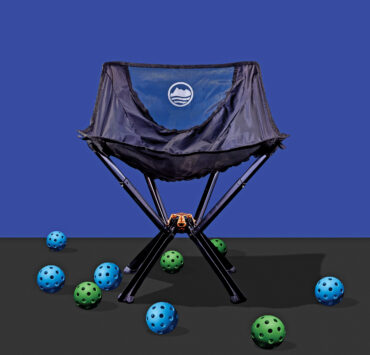3 Core Moves to Improve Your Pickleball Playing Power
- Personal trainer Fernando Chavez shares some stellar plank variations for on-court stability and mobility.

PHOTOGRAPHS BY ALLIE HOLLOWAY | STYLED BY GABRIELLE PORCARO
Previous Article
Next Article


